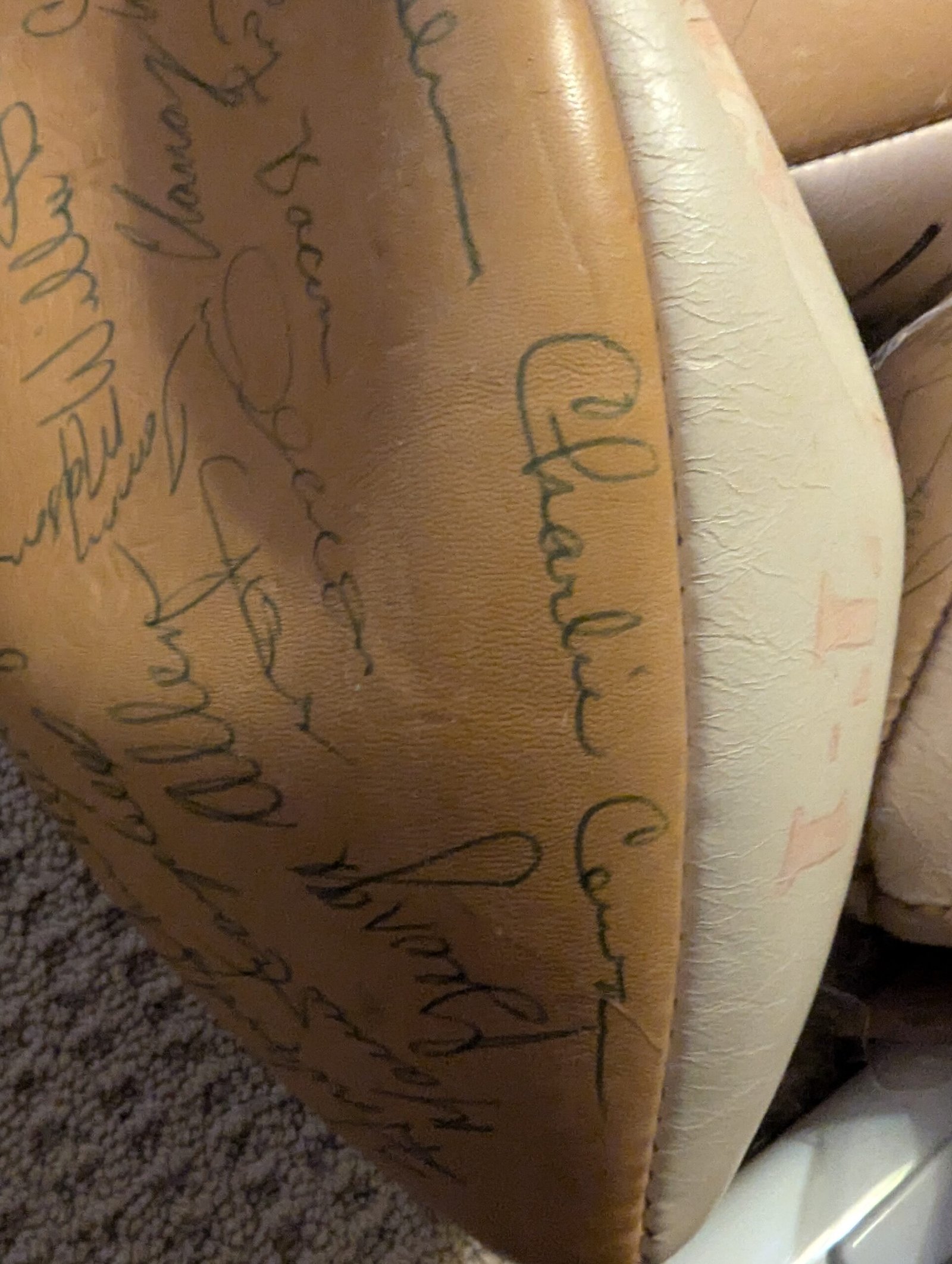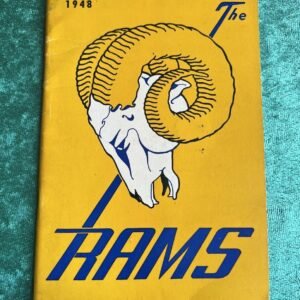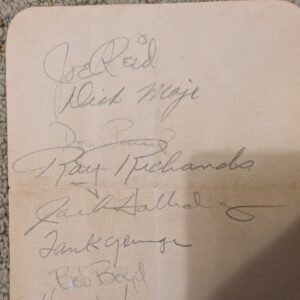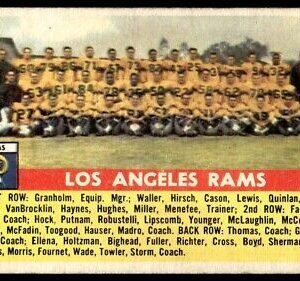Description
The 1969 Los Angeles Rams had a 11–1–2 record, one of their best seasons in recent memory, but they still faced challenges in their quest for the playoffs. The Rams finished second in the NFL Western Conference, behind the Minnesota Vikings, who won the division title and made it to the playoffs.
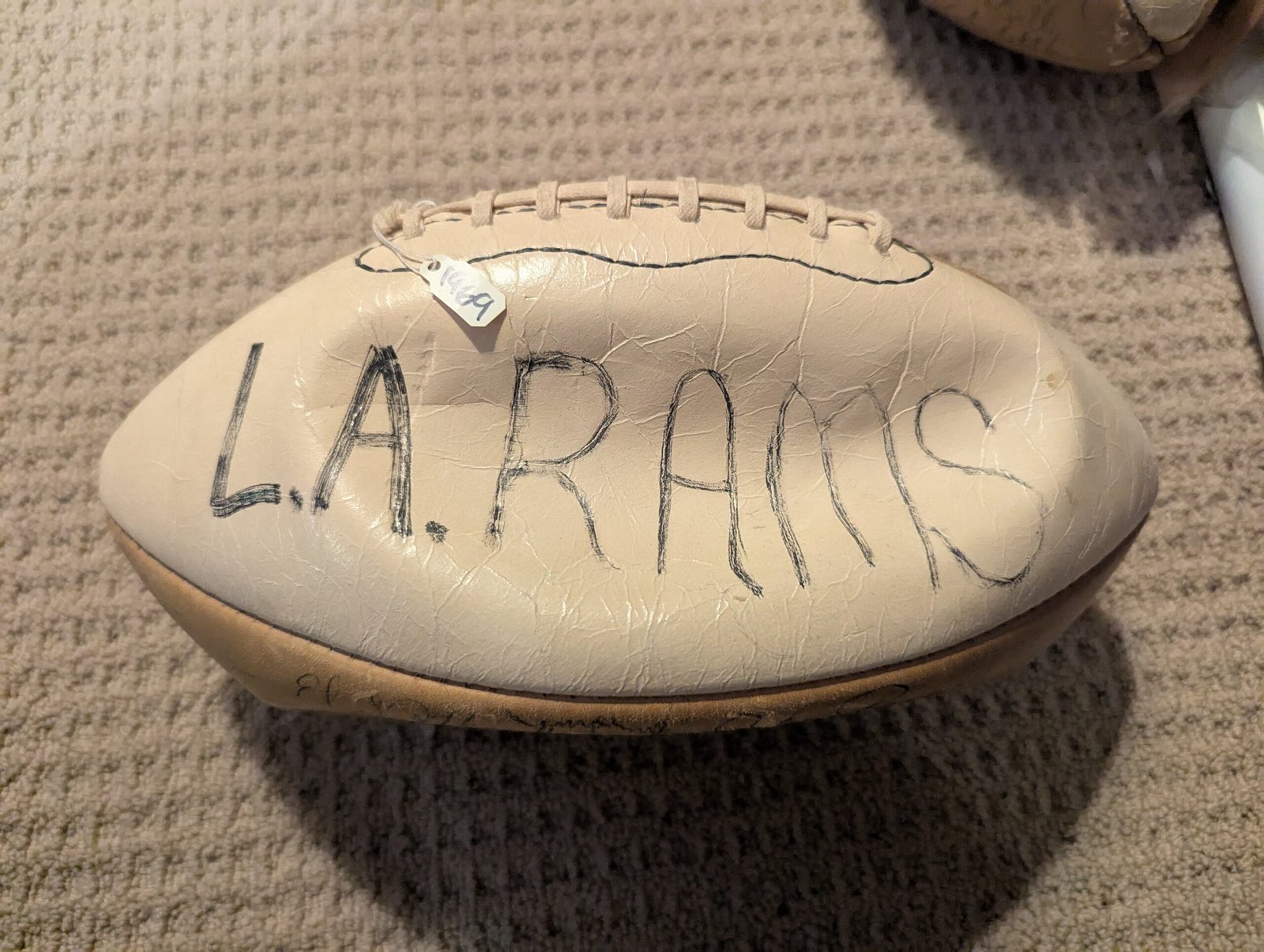
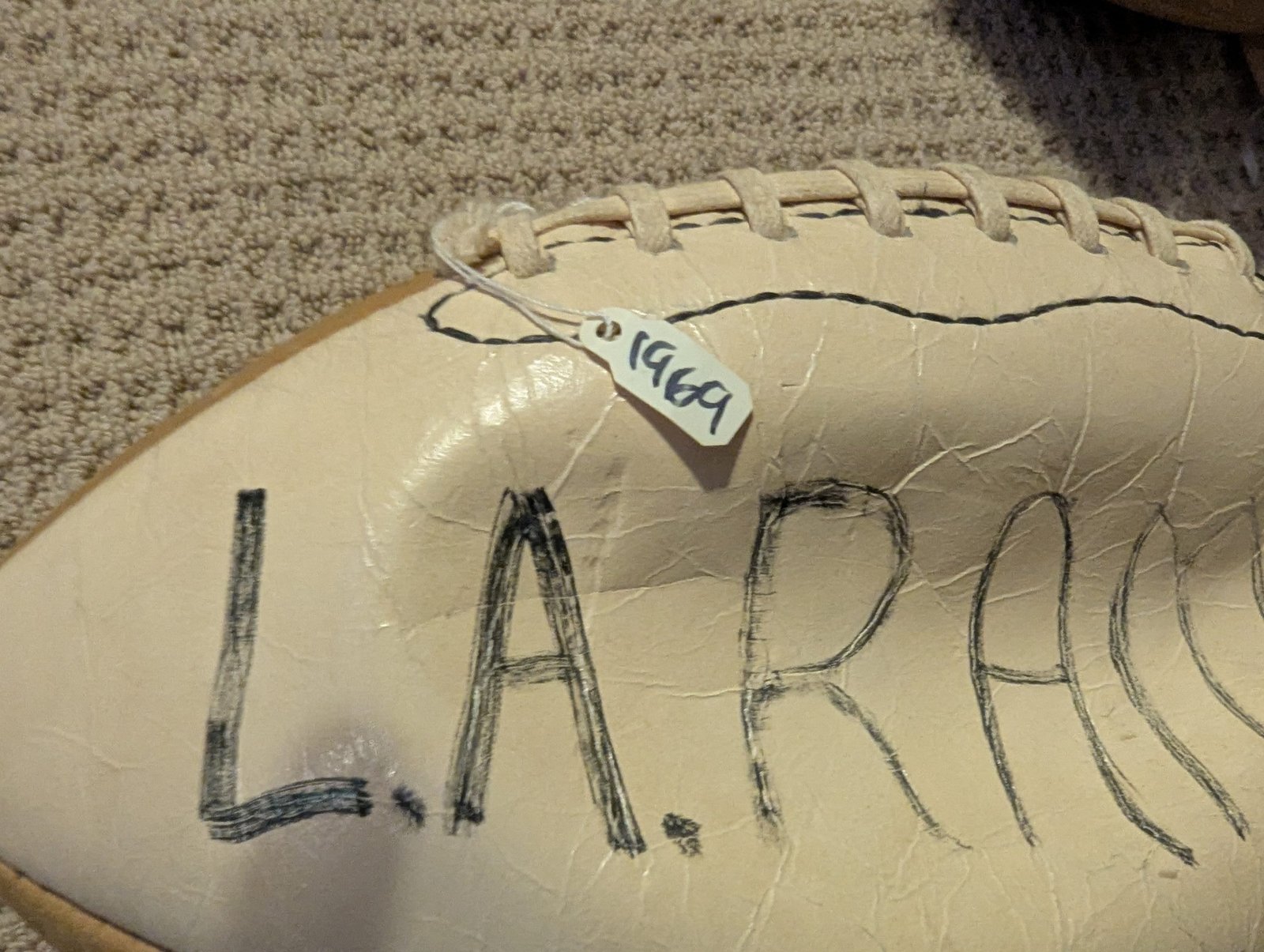
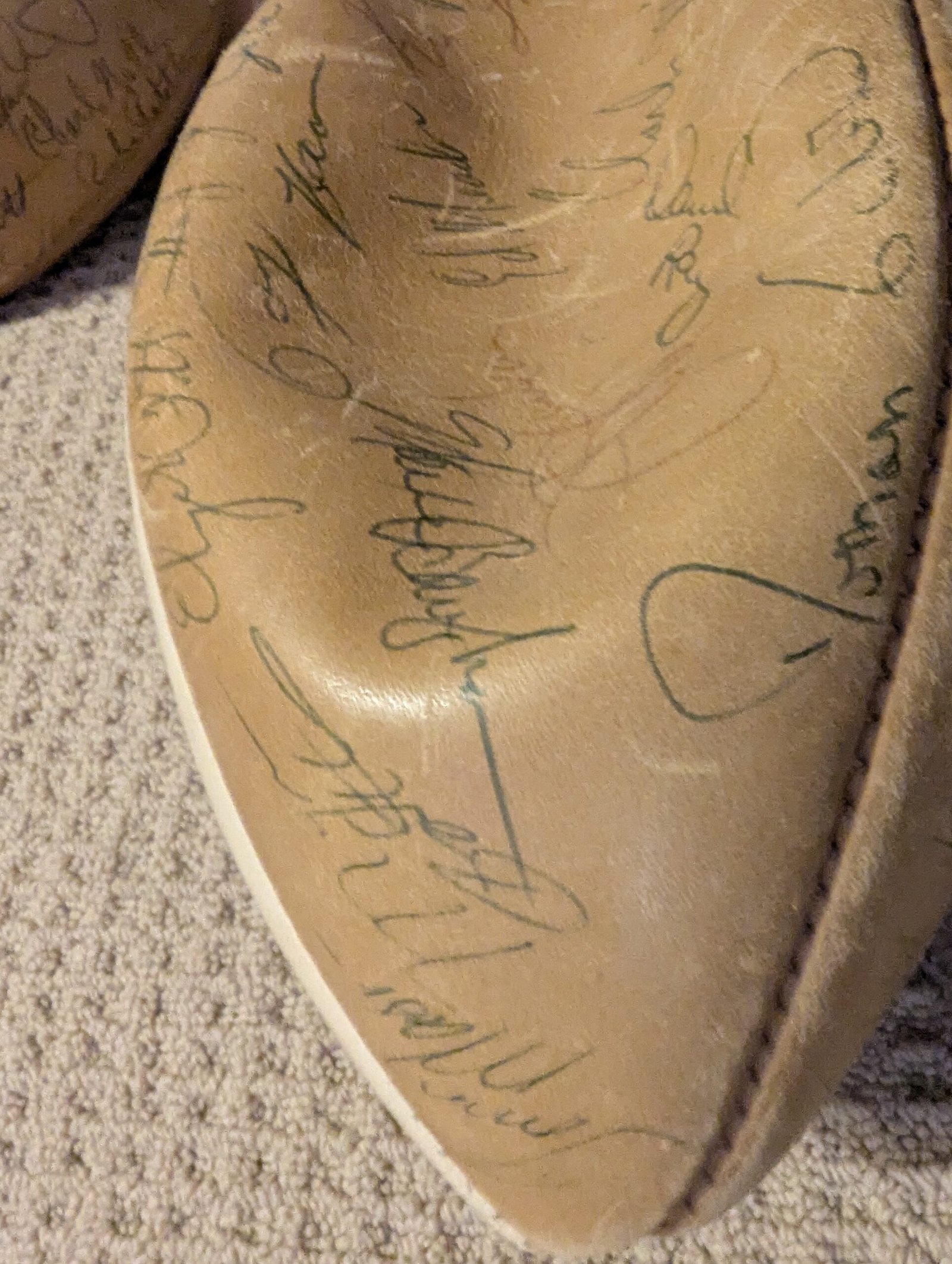

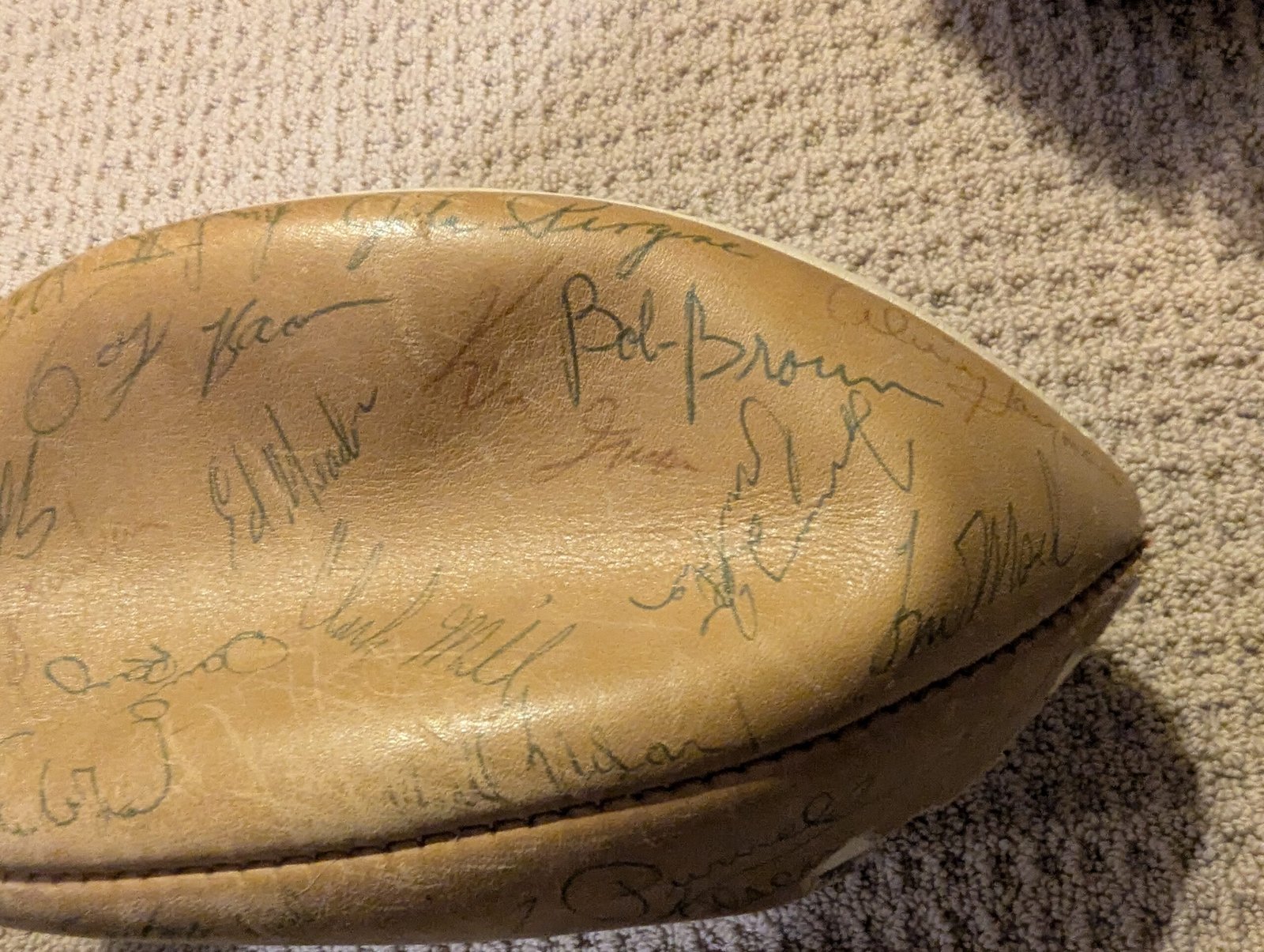
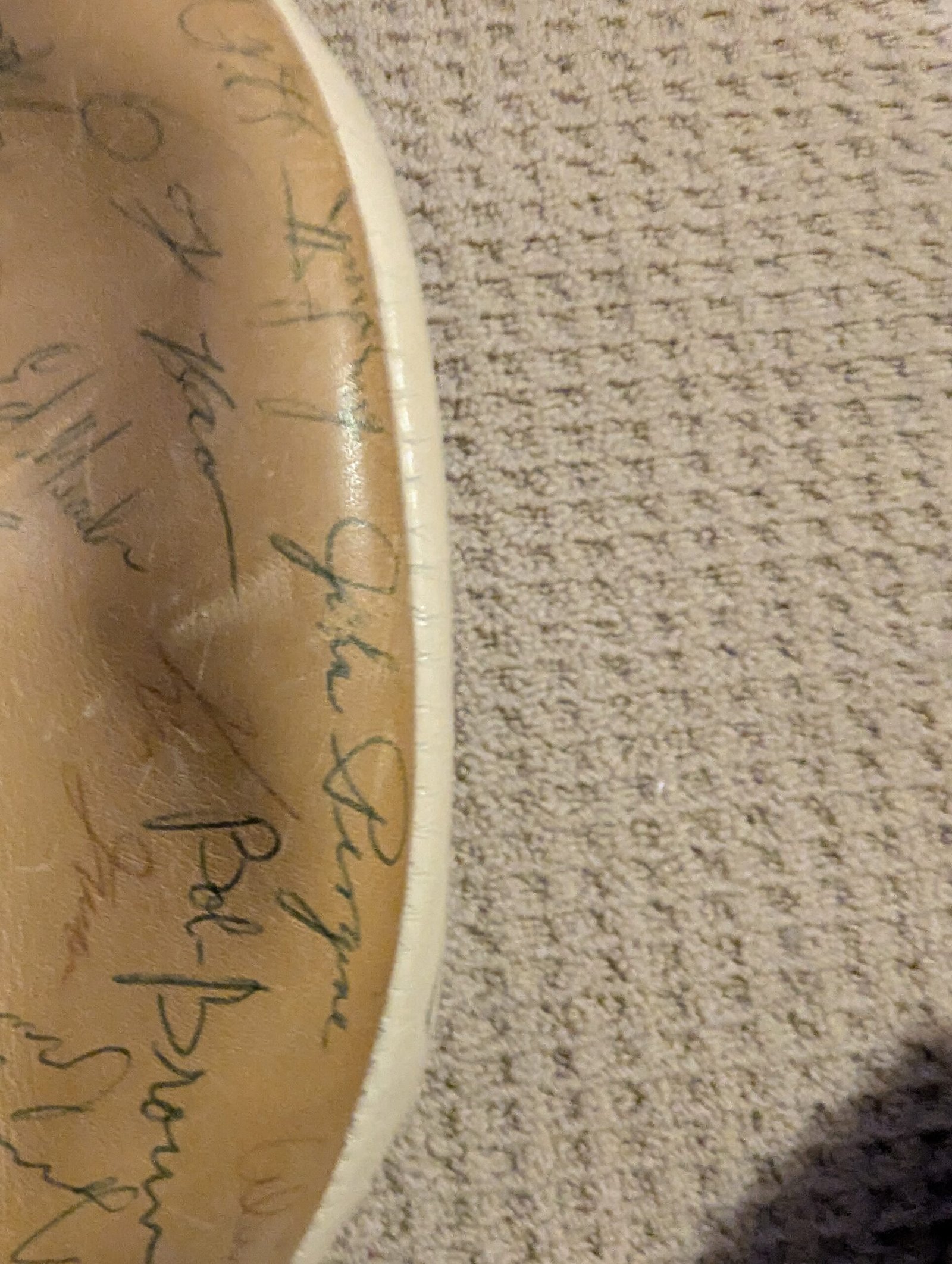
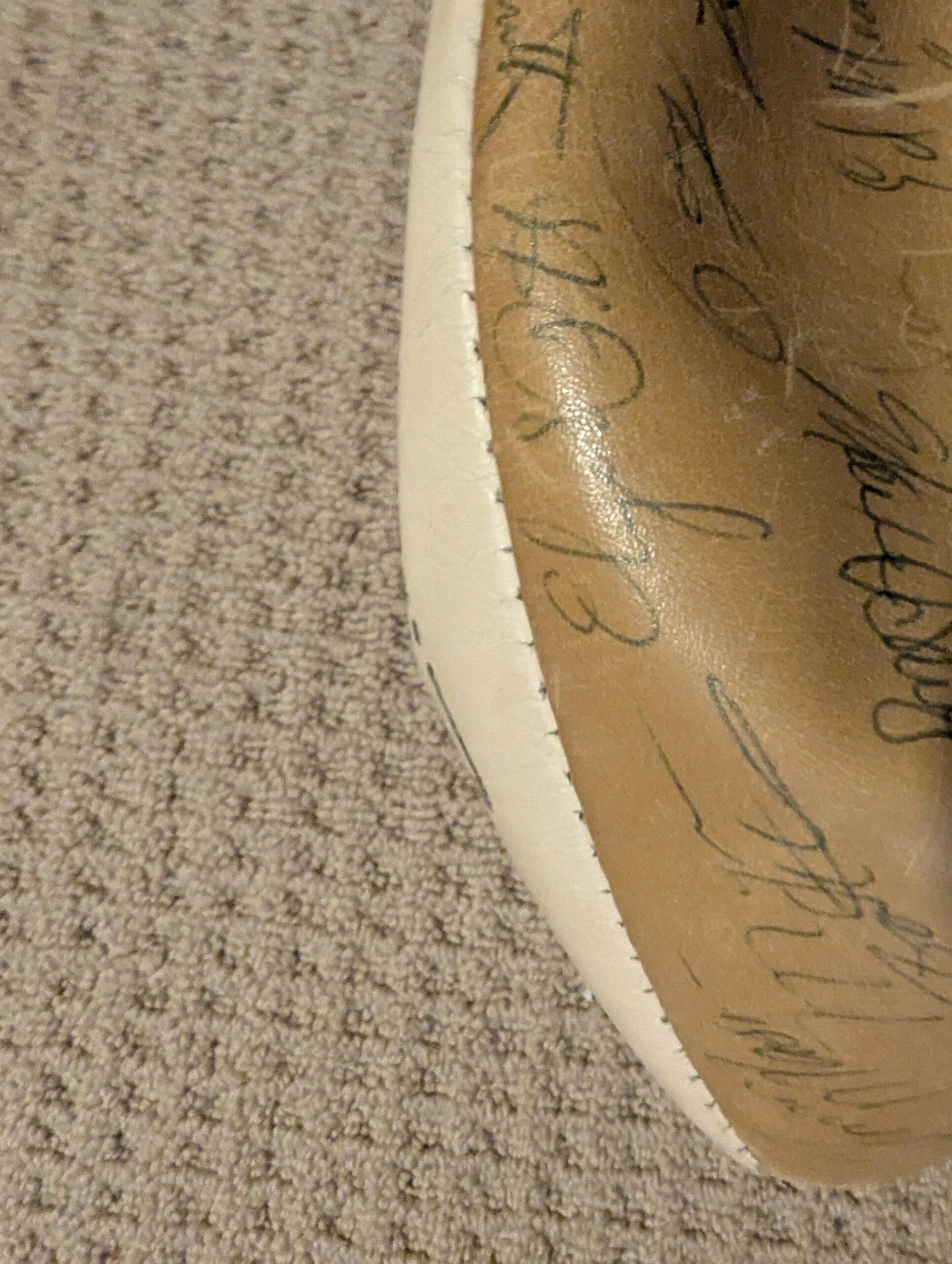
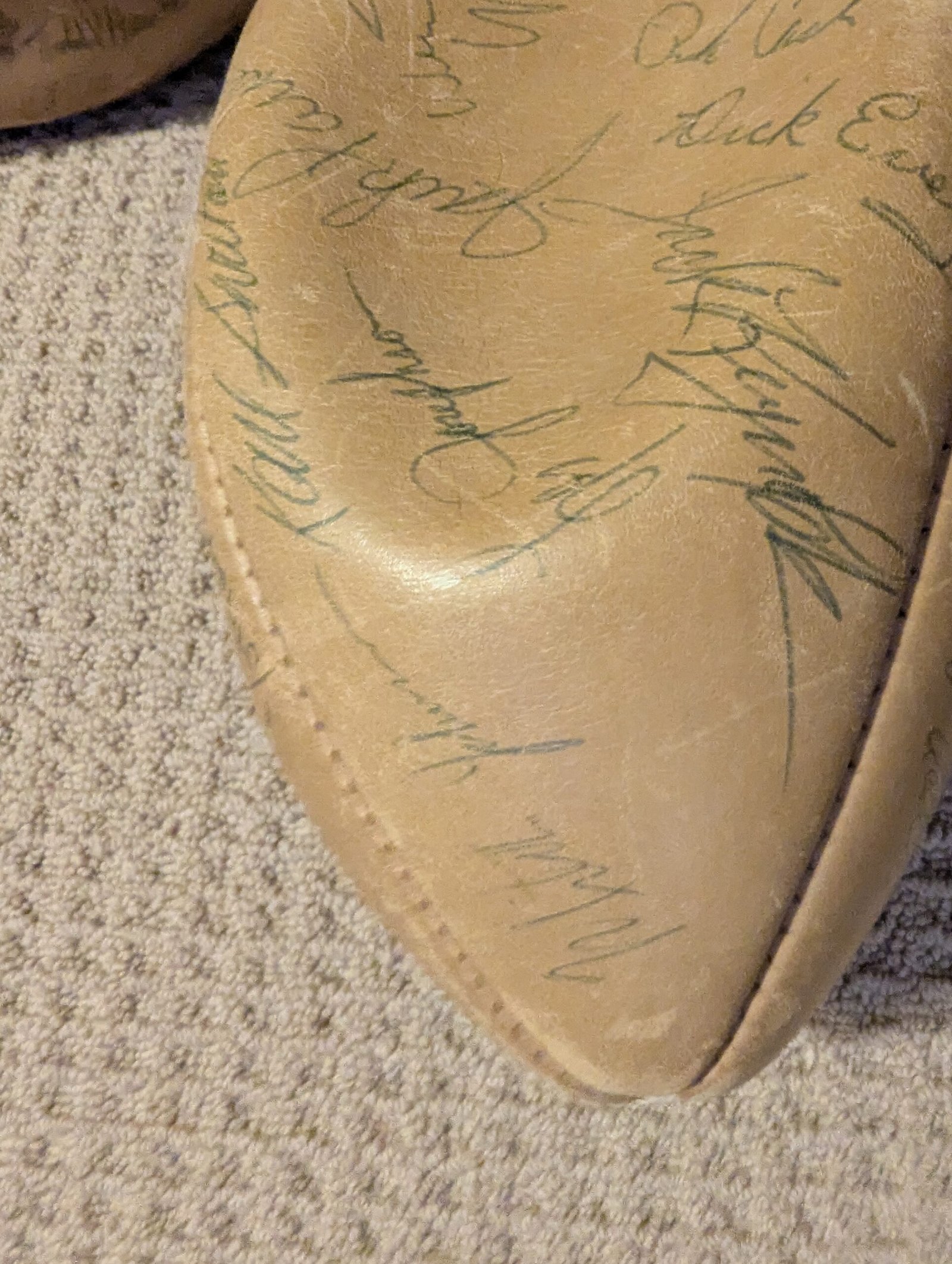
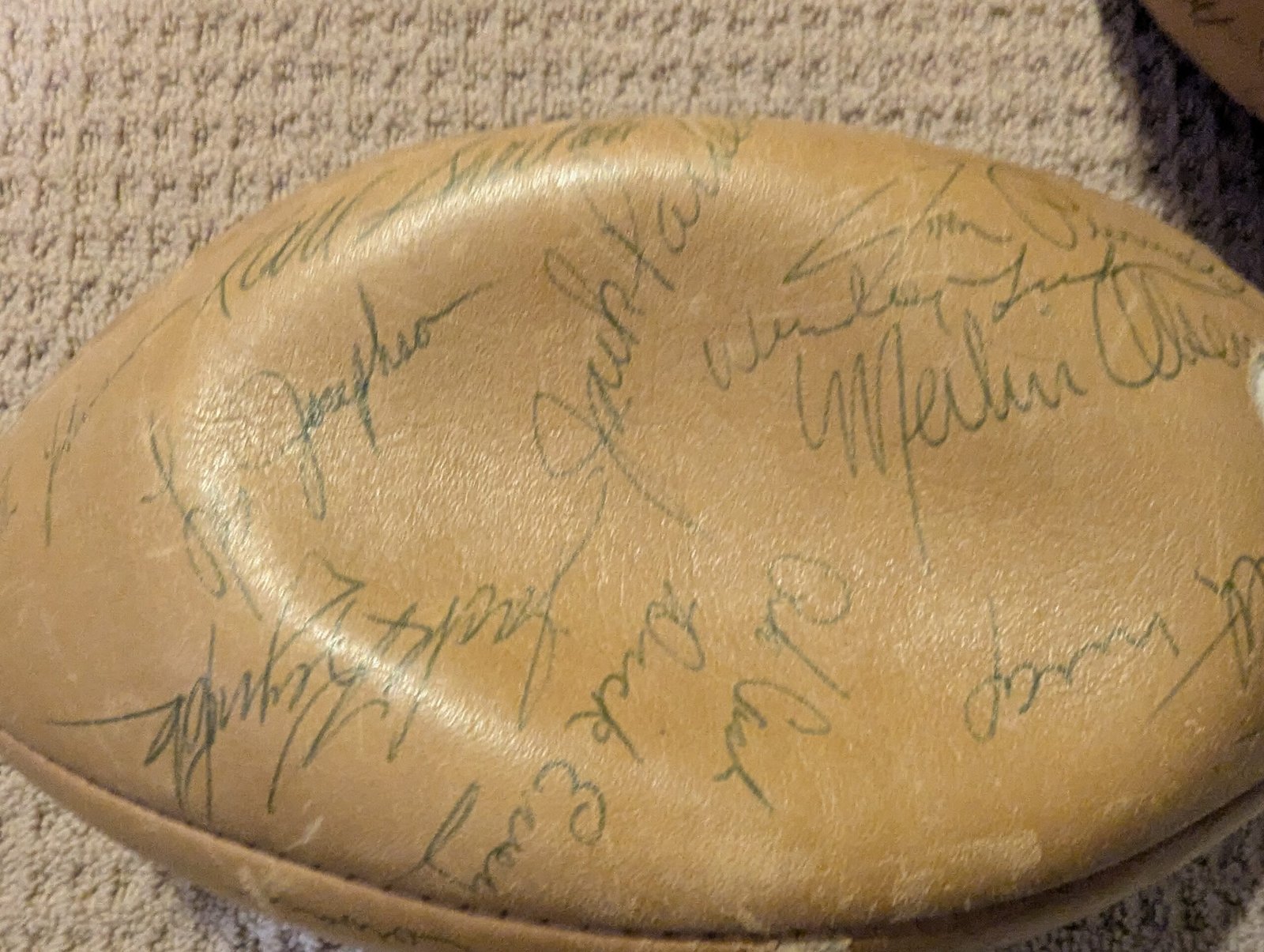

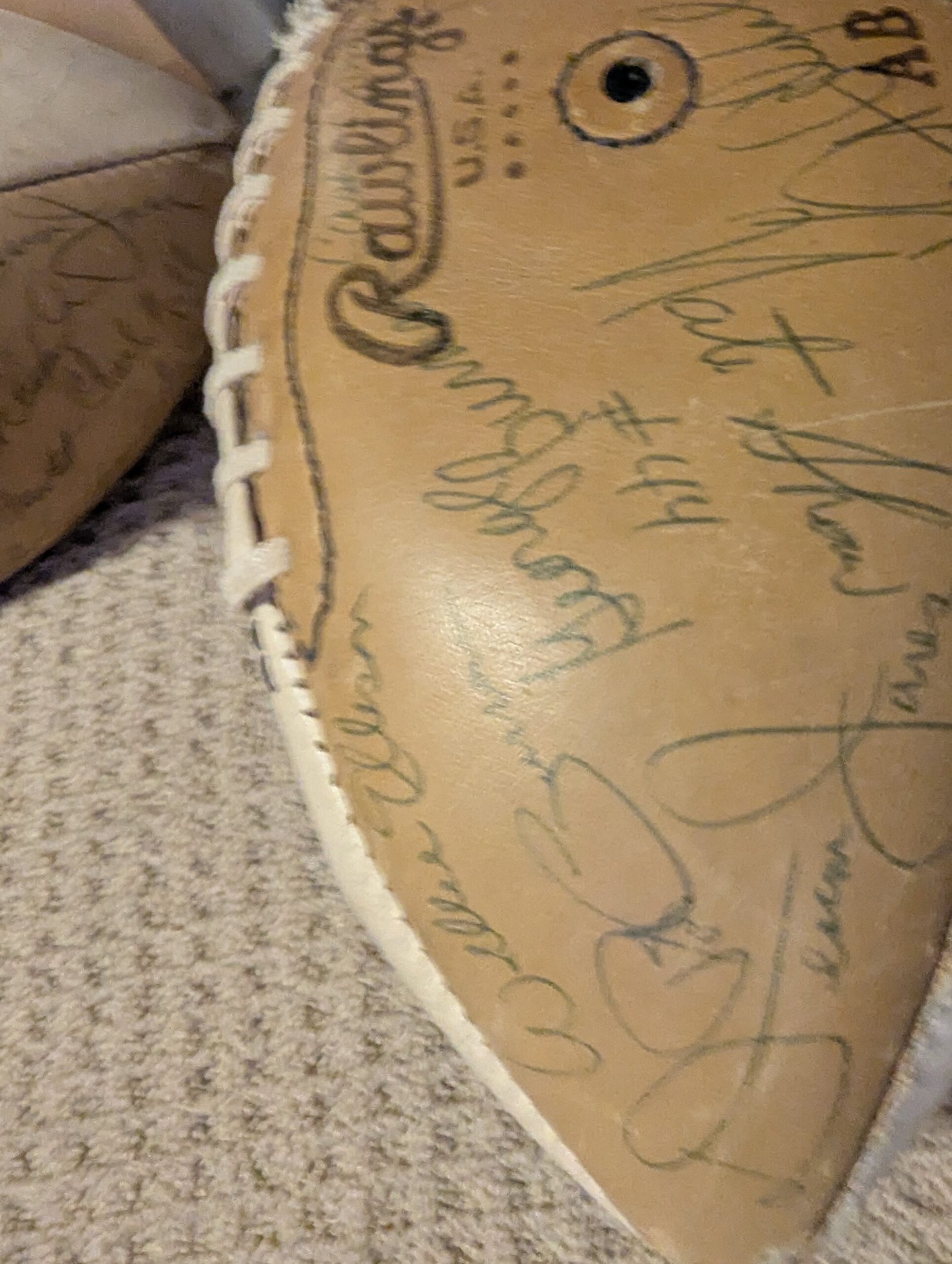
Team Overview:
- The 1969 Rams were coached by Harland Svare, in his final year as head coach of the team.
- The Rams continued to play at the Los Angeles Memorial Coliseum.
- The Rams were led by a dominant defense, especially their legendary “Fearsome Foursome” defensive line (Deacon Jones, Merlin Olsen, Rosie Grier, and Lamar Lundy), which remained one of the best in NFL history.
- The offensive struggles persisted, particularly at quarterback, but Roman Gabriel showed growth in his third year as the team’s starting quarterback.
Performance:
- Record: The Rams finished with an impressive 11–1–2 record, placing them second in the NFL Western Conference. However, despite this strong performance, they were unable to secure a playoff berth, as only the conference champion advanced to the postseason.
- Tight competition: The Minnesota Vikings, who finished with a 12–2 record, won the division and went on to make the playoffs, leaving the Rams out in a very competitive year.
- The Rams’ defense continued to be one of the league’s best, allowing them to remain competitive in the NFC West, despite the challenges with the offense.
Key Players:
- Roman Gabriel: Gabriel had his best season to date, becoming a more consistent and capable quarterback. In his third season, he demonstrated growth and played a pivotal role in the Rams’ success, even if the offense still wasn’t explosive. Gabriel showed that he could lead the team in the future, although his supporting cast still had limitations.
- Deacon Jones: Deacon Jones remained one of the most dominant defensive players in the NFL. In 1969, he earned another Pro Bowl selection and was crucial in keeping the Rams’ defense among the best in the league. His pass-rushing ability was legendary, and he finished the season with 13 sacks, maintaining his status as one of the top defensive ends in the league.
- Merlin Olsen: Olsen was one of the premier defensive tackles in the NFL, earning his sixth consecutive Pro Bowl selection. He was an important part of the Fearsome Foursome and continued to terrorize opposing offenses with his powerful play in the trenches.
- Rosie Grier: Grier, another key member of the Fearsome Foursome, continued to be a valuable part of the defensive front. He contributed to the Rams’ success by helping to shut down the run and put pressure on the quarterback.
- Lamar Lundy: Lundy was the fourth member of the Fearsome Foursome, and his contributions along the defensive line were critical to the Rams’ dominance.
- Les Josephson: Josephson was the leading rusher for the Rams in 1969, providing solid play at running back. However, the team’s running game remained inconsistent and was never a dominant force.
- Tom Mack: Mack, who was starting to gain recognition as one of the league’s top offensive linemen, would go on to have a long and successful career with the Rams.
Notable Events:
- Defense dominates: The Fearsome Foursome remained one of the best defensive lines in the NFL. They were known for pressuring quarterbacks and stopping the run. The Rams’ defense was ranked among the top in the league in several key categories, and their ability to stifle opposing offenses was one of the key reasons for the team’s success.
- Inconsistent offense: While Roman Gabriel showed continued improvement, the offense was still not as potent as it needed to be. The team lacked a consistent running game, and the passing attack was not as explosive as other teams in the league. This ultimately limited the Rams’ ability to score points and win the close games that could have pushed them into the postseason.
- Tight race for the division: The Minnesota Vikings were the class of the NFL Western Conference in 1969, with their balanced attack on offense and defense. The Rams’ 11–1–2 record was strong, but the Vikings’ 12–2 record meant they won the division, leaving the Rams in second place.
- Final year under Harland Svare: 1969 was the final season for Harland Svare as head coach of the Rams. While Svare had managed to build a competitive team with a dominant defense, the lack of offensive success prevented him from reaching the playoffs. He would be replaced by George Allen, who would lead the Rams to more consistent success in the years to come.
Legacy:
- The 1969 Rams were a team with immense talent, particularly on defense. The Fearsome Foursome is widely regarded as one of the best defensive lines in NFL history, and their play helped the Rams remain competitive in a tough division.
- Despite their strong defensive play, the Rams’ inconsistent offense kept them from becoming true contenders. Roman Gabriel showed promise as the future quarterback, but the team still lacked a strong offensive identity, which hurt their chances of making the playoffs.
- The 11–1–2 record was a testament to how strong the Rams were defensively, but they could not overcome the Minnesota Vikings in the division race.
- Harland Svare’s tenure ended with the 1969 season, marking the end of an era for the Rams. Although he had helped the team become competitive, his inability to develop an offense to complement the defense was ultimately his downfall. He was replaced by George Allen, who would later guide the Rams to more success in the early 1970s.
- The 1969 season marked a period of transition for the Rams, as they would soon begin a new chapter under George Allen, and Roman Gabriel would continue to develop into one of the league’s top quarterbacks.
In summary, the 1969 Los Angeles Rams were a dominant defensive team, but their 11–1–2 record was not enough to overcome the Minnesota Vikings for the NFL Western Conference title. The Fearsome Foursome continued to be the backbone of the team, while Roman Gabriel showed progress as the future of the franchise. Unfortunately, the team’s offensive limitations prevented them from making the playoffs, and Harland Svare would be replaced as head coach after the season. Despite the disappointment of not making the playoffs, the foundation was set for future success in the 1970s.
Head Coach: *George Allen
|

